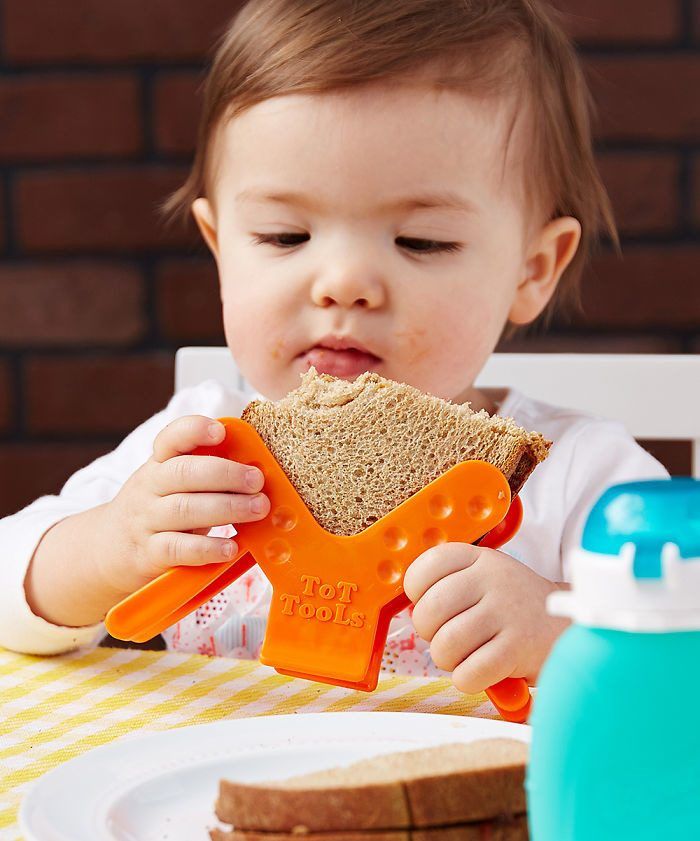Baby weaning food planner
Baby Led Weaning Meal Planner & Meal Ideas
Share this post with your friends!
Ready to begin baby led weaning but no idea where to start? Let us help you out with our free baby led weaning meal planner and list of ideas for each baby led weaning meal time!
Simply click to download, print and then fill out your meal plan at the start of each week helping you to stay on track with baby led weaning meal prep and understanding what food your baby has tried.
What is baby led weaning?
Baby led weaning is a method of weaning where baby eats table foods instead of starting with baby rice or puree.
BLW differs from traditional weaning in that you simply offer baby the same foods that you eat once they hit six months old. Unlike traditional weaning, which is offering babies purees for a couple of months before moving onto lumpier foods, baby led weaning cuts the need for blending machines and the effort of making baby something completely different to the rest of the family.
With baby led weaning, baby can enjoy all the same meals you do, with a few modifications of course.
How do you start baby led weaning?Ideally baby should be around the six month mark and displaying signs of readiness:
1. Able to sit up unaided
2. No longer has tongue thrust reflex
3. Able to pick up objects and move them towards their mouth
If baby is showing all these signs you are pretty much ready to begin!
To start, do whatever makes you feel most comfortable. Many mums are nervous about baby led weaning (I was too!) and like to start small. Other mums will dive straight in with offering a full blown roast dinner as baby’s first meal. Do whatever feels right for you and your family!
What equipment will you need before starting baby led weaning?
With traditional weaning you need to get yourself set up with all sorts of equipment, but get started with baby led weaning can be as simple as just getting yourself sorted with a high chair.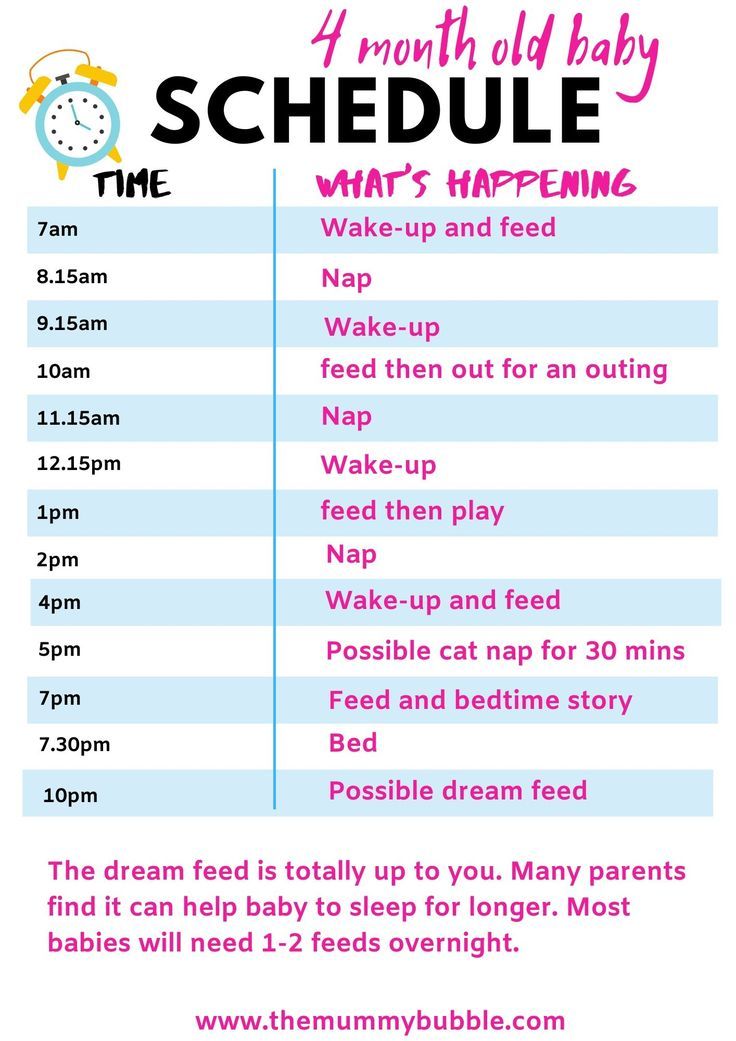
There are a few items which can make your life easier and help with the baby led weaning mess that this method of weaning can cause. We invested in:
- a coverall bib
- spoons for preloading yoghurt and porridge
- lots and lots of baby wipes
- some plates and bowls
Best Baby Led Weaning Highchair:
Best Baby Led Weaning Bibs:
Best Baby Led Weaning Spoons:
What sorts of foods should you introduce when you first start baby led weaning?
When it comes to first foods, nothing is off limit with baby led weaning. Some Mums are happy to dive straight in and offer steak and fries, some much prefer sticking to soft foods such as steamed broccoli or carrot.
We started with banana baby pancakes which he demolished in about three minutes, but it gave us the confidence that he was well and truly ready for weaning and we felt more confident offering a range of different foods going forward.
You can find over 100 starter food ideas in this blog post
Should I use a baby led weaning meal planner?
If you’re the type of Mum who loves to be organised and keep a track of what of your baby is eating, then a baby led weaning meal planner could be ideal for you!
To make your life super organised, I have created a free printable baby led weaning meal planner where you can map out breakfast, lunch, dinner and snack on a daily basis so you can prep in advance and keep a track of what foods your baby has tried.
Simply click the link below to access the free baby led weaning meal planner, then use the ideas listed beneath to map out your baby’s meals for the whole week!
Baby led weaning breakfast ideas
The possibilities are truly endless when it comes to a baby led weaning breakfast. The foods you can offer baby are so varied that it makes breakfast the perfect meal for you to begin with if you’re just starting out.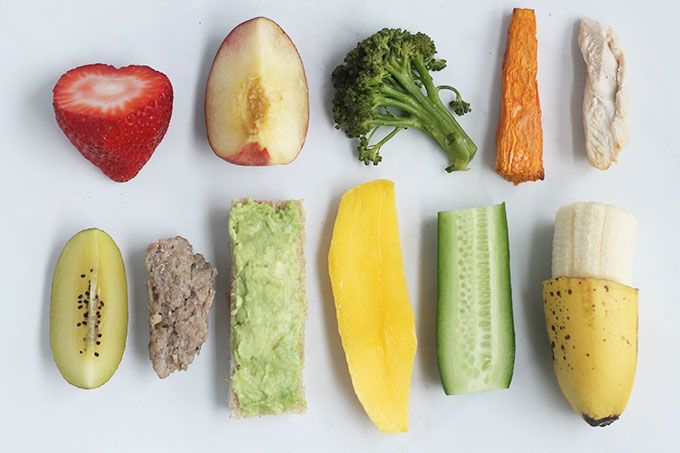
The majority of breakfast foods are soft too, just in case you feel a bit apprehensive about starting off with a full Sunday Roast!
Some of our favourite BLW breakfast foods include:
- Pancakes
- Waffles
- Smoothies
- Porridge
- Overnight oats
- Weetabix
Read the full list of breakfast ideas here
Baby led weaning lunch ideas
Our favourite lunches to use in the baby led weaning meal planner are those that can be batch made and then frozen so you don’t have to spend ages cooking during the week. Less time cooking means more time to spend with your baby, so it’s definitely a win win!
Our faves include:
- Veggie bites, ball and burgers
- Fritattas and fritters
- Soups and sandwiches
- Pinwheels
Read the full list of lunch ideas here
Baby led weaning dinner ideas
The best dinner to add to your baby led weaning meal planner are those you can all share together a s a family. Definitely try to think family food when it comes to meal planning for the evenings. Together we love to eat:
Definitely try to think family food when it comes to meal planning for the evenings. Together we love to eat:
- Spaghetti bolognese
- Roast dinners
- Pasta and sauce
- Risotto
- Slow cooker meals
- Curries
Read the full list of dinner ideas here
Snacks aren’t totally necessary right at the start of your weaning journey, but as baby cuts down on the milk and starts moving more and more, snacks will become part of every day life.
For me, choosing snacks that can be batch made save so much time and so much money. Snacks such as pinwheels, muffins, healthy cookies and cake slices can easily be knocked up and stored for the whole week.
We also love using some pre packaged snacks like rice cakes and melty puffs for ease too!
Read the full list of snack ideas here
Ready to start baby led weaning meal planning?
Have we given you enough inspo to start your own baby led weaning meal plan? If you haven’t already, you can download the free baby led weaning meal planner by clicking the download button!
Baby Led Weaning Meal PlannerDownload
Let us know in the comments if you liked this baby led weaning meal planner!
Share this post with your friends!
Weekly meal planner for babies from 6 months
Weekly meal planner for babies from 6 months | MadeForMumsWeekly meal planner for babies from 6 months
6 MONTHS - WEEK 1
Monday
- Waking – Milk
- Mid-morning – Milk
- Lunch – Milk, Baby rice
- Mid-afternoon – Milk
- Bedtime - Milk
Baby rice
Tuesday
- Waking – Milk
- Mid-morning – Milk
- Lunch – Milk, Apple puree
- Mid-afternoon – Milk
- Bedtime - Milk
Apple puree
Wednesday
- Waking – Milk
- Mid-morning – Milk
- Lunch – Milk, Pear puree
- Mid-afternoon – Milk
- Bedtime - Milk
Pear puree
Thursday
- Waking – Milk
- Mid-morning – Milk
- Lunch – Milk, Sweet potato puree
- Mid-afternoon – Milk
- Bedtime - Milk
Sweet potato puree
Friday
- Waking – Milk
- Mid-morning – Milk
- Lunch – Milk, Butternut squash puree
- Mid-afternoon – Milk
- Bedtime – Milk
Butternut squash puree
Saturday
- Waking – Milk
- Mid-morning – Milk
- Lunch – Milk, Carrot puree
- Mid-afternoon – Milk
- Bedtime - Milk
Carrot puree
Sunday
- Waking – Milk
- Mid-morning – Milk
- Lunch – Milk, Banana and apple puree
- Mid-afternoon – Milk
- Bedtime - Milk
Banana and apple puree
6 MONTHS - WEEK 2Monday
- Waking – Milk
- Breakfast – Apple puree
- Mid-morning – Milk
- Lunch – Milk, Broccoli and sweet potato puree
- Mid-afternoon – Milk
- Bedtime - Milk
Broccoli and sweet potato puree
Tuesday
- Waking – Milk
- Breakfast – Banana and apple puree
- Mid-morning – Milk
- Lunch – Milk, Avocado and pear puree
- Mid-afternoon – Milk
- Bedtime - Milk
Banana and apple puree
Wednesday
- Waking – Milk
- Breakfast – Baby rice
- Mid-morning – Milk
- Lunch – Milk, Spinach and roasted carrot puree
- Mid-afternoon – Milk
- Bedtime - Milk
Spinach and roasted carrot puree
Thursday
- Waking – Milk
- Breakfast – Pear puree
- Mid-morning – Milk
- Lunch – Milk, Parsnip and pea puree
- Mid-afternoon – Milk
- Bedtime - Milk
Parsnip and pea puree
Friday
- Waking – Milk
- Breakfast – Tropical fruit puree
- Mid-morning – Milk
- Lunch – Milk, Butternut squash and banana puree
- Mid-afternoon – Milk
- Bedtime - Milk
Butternut squash and banana puree
Saturday
- Waking – Milk
- Breakfast – Fruit salad puree
- Mid-morning – Milk
- Lunch – Milk, Pear and swede puree
- Mid-afternoon – Milk
- Bedtime - Milk
Pear and swede puree
Sunday
- Waking – Milk
- Breakfast – Blueberry, apple and peach puree
- Mid-morning – Milk
- Lunch – Milk, Courgette and cauliflower puree
- Mid-afternoon – Milk
- Bedtime - Milk
Blueberry, apple and peach puree
6 MONTHS - WEEK 3Monday
- Waking – Milk
- Breakfast – Avocado and pear puree
- Mid-morning – Milk
- Lunch – Milk, Sweet potato and basil puree
- Mid-afternoon – Milk
- Bedtime - Milk
Avocado and pear puree
Tuesday
- Waking – Milk
- Breakfast – Pear puree
- Mid-morning – Milk
- Lunch – Milk, Cheesy vegetable medley
- Mid-afternoon – Milk
- Bedtime - Milk
Cheesy vegetable medley
Wednesday
- Waking – Milk
- Breakfast – Orchard fruit puree
- Mid-morning – Milk
- Lunch – Milk, Butternut squash and apricot puree
- Mid-afternoon – Milk
- Bedtime - Milk
Orchard fruit puree
Thursday
- Waking – Milk
- Breakfast – Apple puree
- Mid-morning – Milk
- Lunch – Milk, Broccoli and sweet potato puree
- Mid-afternoon – Milk
- Bedtime - Milk
Apple puree
Friday
- Waking – Milk
- Breakfast – Summer berry puree
- Mid-morning – Milk
- Lunch – Milk, Courgette, pea and kale puree
- Mid-afternoon – Milk
- Bedtime - Milk
Summer berry puree
Saturday
- Waking – Milk
- Breakfast – Pear and baby rice puree
- Mid-morning – Milk
- Lunch – Milk, Butternut squash and carroty mash with thyme
- Mid-afternoon – Milk
- Bedtime - Milk
Butternut squash and carroty mash with thyme
Sunday
- Waking – Milk
- Breakfast – Fruit salad puree
- Mid-morning – Milk
- Lunch – Milk, Carrot and cauliflower cheese with rice
- Mid-afternoon – Milk
- Bedtime - Milk
Carrot and cauliflower cheese with rice
6 MONTHS - WEEK 4Monday
- Waking – Milk
- Breakfast – Blueberry, apple and peach puree
- Mid-morning – Milk
- Lunch – Milk, Chicken casserole
- Mid-afternoon – Milk
- Tea – Sweet potato and basil puree
- Bedtime - Milk
Chicken casserole
Tuesday
- Waking – Milk
- Breakfast – Apple puree
- Mid-morning – Milk
- Lunch – Milk, Sweet potato and pear puree
- Mid-afternoon – Milk
- Tea – Fruit salad puree
- Bedtime - Milk
Fruit salad puree
Wednesday
- Waking – Milk
- Breakfast – Pear and baby rice puree
- Mid-morning – Milk
- Lunch – Milk, Carrot and cauliflower cheese with rice
- Mid-afternoon – Milk
- Tea – Avocado and mint puree
- Bedtime - Milk
Thursday
- Waking – Milk
- Breakfast – Tropical fruit puree
- Mid-morning – Milk
- Lunch – Milk, Chicken with sweet potato, swede and carrot puree
- Mid-afternoon – Milk
- Tea – Apple fool
- Bedtime - Milk
Chicken with sweet potato, swede and carrots
Friday
- Waking – Milk
- Breakfast – Apple puree
- Mid-morning – Milk
- Lunch – Milk, Avocado and mint puree
- Mid-afternoon – Milk
- Tea – Butternut squash puree
- Bedtime - Milk
Butternut squash puree
Saturday
- Waking – Milk
- Breakfast – Tropical fruit puree
- Mid-morning – Milk
- Lunch – Milk, Sweet potato and lentil puree
- Mid-afternoon – Milk
- Tea – Peach pudding
- Bedtime - Milk
Peach pudding
Sunday
- Waking – Milk
- Breakfast – Orchard fruit puree
- Mid-morning – Milk
- Lunch – Milk, Fruity pork with vegetables
- Mid-afternoon – Milk
- Tea – Cheesy vegetable medley
- Bedtime - Milk
Fruity pork and vegetables
Next month:
Weekly meal planner for babies from 7 months
Sarah Barker
Complementary foods while breastfeeding
You can introduce your baby to his first "adult" food as early as four or five months. The baby grows quickly, by this age breast milk may not be enough, so it is worth planning the introduction of the first complementary foods. Read on to learn all about how to do it: how, when, what products to use.
The baby grows quickly, by this age breast milk may not be enough, so it is worth planning the introduction of the first complementary foods. Read on to learn all about how to do it: how, when, what products to use.
When to start introducing complementary foods?
The best age to introduce complementary foods is between 4 months and 6 months. Until 4 months, the baby is simply not ready for this:
- the spoon ejection reflex is preserved;
- the child can only swallow liquids (water or milk) for the time being, but not thicker or denser foods;
- local immunity is not strong enough;
- The digestive organs are not yet capable of digesting food.
It is also not recommended to postpone the expansion of the diet for too long:

In addition to age, readiness to introduce complementary foods should be taken into account. She has several signs:
- The baby's weight doubled or more after birth.
- Teeth are starting to erupt (optional).
- Ejection reflex (tongue pushes foreign objects out of the mouth) disappears.
- Food interest appears. The kid watches how others eat, is interested in food, asks for it or tries to reach it.
- After breastfeeding, the child stops eating completely, asks for supplements.
- If you bring a spoon with food, the baby opens his mouth or sticks out his lower lip.
- There are signs of the formation of a chewing reflex, the baby learns to move his jaws, “chewing”, swallowing food.
- The child already knows how to sit (at least with support).
- He can consciously tilt his head to refuse food.
Only in some cases does the baby taste food for the first time after six months.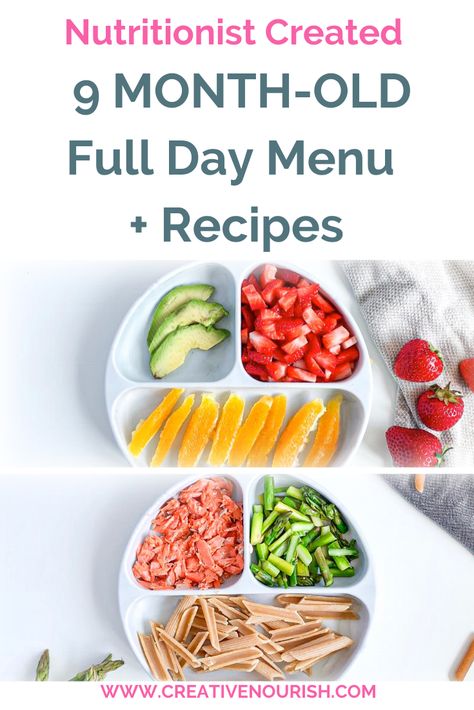 For example, if there is prematurity, the maturity of the digestive organs, nervous and some other systems comes later, and it is determined by gestational terms. It is also worth postponing the introduction of the first complementary foods in the following cases:
For example, if there is prematurity, the maturity of the digestive organs, nervous and some other systems comes later, and it is determined by gestational terms. It is also worth postponing the introduction of the first complementary foods in the following cases:
- during illness, if the baby has a cold, colic, indigestion or other ailment;
- during the period of seasonal allergies (during the flowering of plants), if there is a predisposition to allergic reactions;
- 3-4 days before and after vaccination;
- in hot weather;
- for any stress (for example, when moving, changing the daily routine).
The timing of the first acquaintance with "adult" food can also be affected by the rate of weight gain, individual development, and health characteristics. In such cases, it is better to seek advice from a pediatrician.
Peculiarities of the introduction of complementary foods to infants
The introduction of complementary foods is a great joy. The kid grows, changes, matures, pleases and afflicts, becomes older, more independent.
The kid grows, changes, matures, pleases and afflicts, becomes older, more independent.
But he is still small. And he still needs mother's milk - the most balanced, healthy food product.
To keep breastfeeding now that the baby has grown up, begins to actively eat new foods and matures, you must:
1. Be sure to put the baby to the breast after each feeding.
Complementary foods begin to completely replace 1-2 breastfeeds only after cereals, vegetable, meat purees appear in the diet. Until then, complementary foods do not provide all the nutritional needs of the child, supplementary feeding with milk is necessary. Even a few sips of milk will give the baby extra fluid, and mom will help maintain lactation.
2. Keep night and early morning feedings.
The baby is older, sleeps better at night, giving his parents enough sleep. But he still wakes up at night and in the morning to suck. Don't try to get your baby to sleep through the night without feeding just yet. It is night feedings that “start” milk production for the whole day.
It is night feedings that “start” milk production for the whole day.
3. Teach the baby to behave correctly at the breast.
Many children begin to press their mother's breasts with their gums as early as six months, causing pain. In this case, it is necessary to gently take the breast from the baby and strictly say that this cannot be done. After several such episodes, children stop biting their breasts.
If the baby is breastfed, a few general rules should be observed during the introduction of complementary foods:
- First, new food is given once a day.
- For the first time, the portion of the product should be minimal - just a few grams. If everything is in order, you can gradually increase the amount.
- It is better to give food before breastfeeding, and then supplement with milk.
- For food interest to be stronger, it is important that the child has time to be well hungry before the meal when you will give new food.
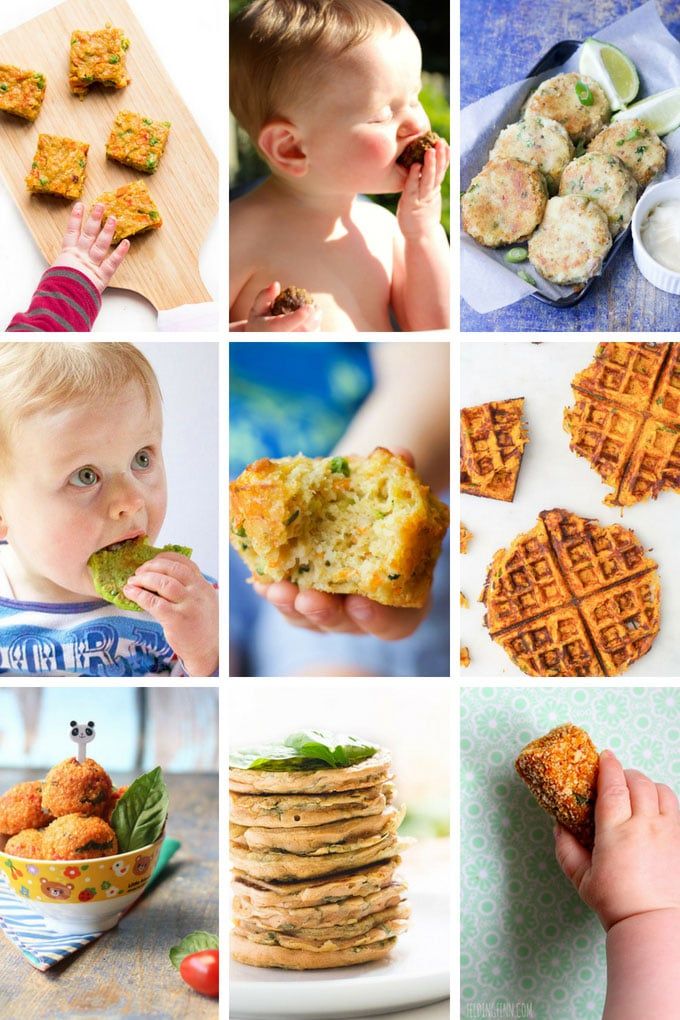
- Add new foods to your diet at least 4-5 days apart.
- The best time to give a new food is in the morning (first or second feeding). It’s easier to evaluate the reaction, check if there are any allergies (may be manifested by a rash, problems with stool, dry skin).
- The diet should remain the same (the child eats every 3.5-4 hours).
- Any food should be warm (not hot, not cold).
- It is better to use special children's silicone spoons. They have soft edges that definitely do not injure the gums. This is especially important when teeth are being cut.
- Sometimes it takes several attempts for the baby to taste the puree or porridge. It is important to remain calm and not force him to eat if he does not like the taste of food or if he has already eaten.
If the child is restless, naughty, tired, not feeling well, postpone the introduction of a new food. All products must be safe for the child. If you need to introduce vegetable complementary foods in winter or spring, when there are no seasonal vegetables, it is better to use special baby food: it definitely does not contain preservatives, traces of chemical fertilizers, or other hazardous substances. And even in summer and autumn, it is safer to use ready-made baby food for the introduction of complementary foods.
And even in summer and autumn, it is safer to use ready-made baby food for the introduction of complementary foods.
The introduction of complementary foods is an important stage of development, which is associated with digestion, acquaintance with new tastes, and also with socialization. The kid can watch adults when they eat, repeat their actions. It helps to learn how to behave at the table. You can feed him when all other family members are eating so that socialization goes faster and healthy eating habits are developed.
Which foods to start complementary foods with
Vegetable puree or dairy-free porridge is best for this:
- it is better to choose cereals if the stools are frequent (and possibly loose) and if weight gain is slow;
- if, on the contrary, sometimes there are constipations, or the child is gaining weight well, it is worth choosing vegetable puree.
Baby's first porridge should be dairy-free and made from one cereal (single-component or mono-porridge).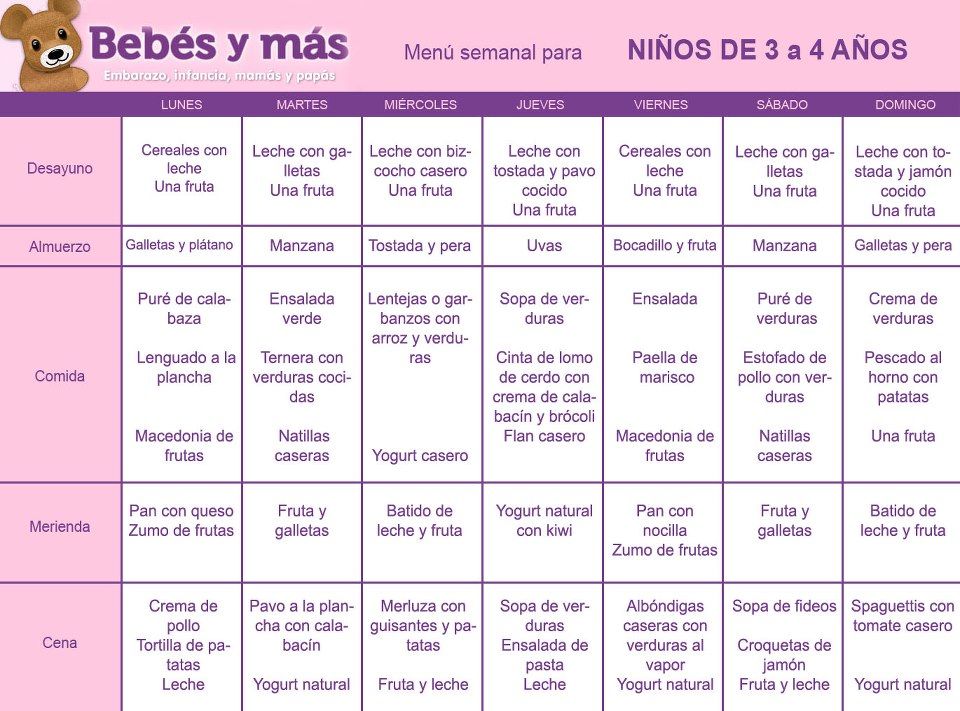 Well, if it is low-allergenic (usually recommend oatmeal, corn, buckwheat). It can be diluted with water, breast milk, artificial mixture. You don't need to add sugar or butter. Gradually, you can introduce more cereals: the menu can include multi-grain cereals, as well as cereals with green fruits or vegetables (as they are introduced into the diet). Later, you can switch to whole grain cereals, cereals for cooking, and add more ingredients to them so that the baby gets acquainted with new tastes.
Well, if it is low-allergenic (usually recommend oatmeal, corn, buckwheat). It can be diluted with water, breast milk, artificial mixture. You don't need to add sugar or butter. Gradually, you can introduce more cereals: the menu can include multi-grain cereals, as well as cereals with green fruits or vegetables (as they are introduced into the diet). Later, you can switch to whole grain cereals, cereals for cooking, and add more ingredients to them so that the baby gets acquainted with new tastes.
The first vegetable on a baby's menu is often zucchini, but you can also choose cauliflower or broccoli for complementary foods. At first, the puree should have only one ingredient, and only later, when the child adapts, you can start mixing vegetables (but do not add salt or seasonings). Vegetable oil is introduced drop by drop only for constipation, and when the baby is already well adapted to the new food.
Purees and porridges should not be too thick, but not too runny either. Gradually, the density of products can be increased to teach the baby to chew.
Gradually, the density of products can be increased to teach the baby to chew.
Monthly Complementary Feeding Chart for Breastfeeding
If breastfeeding continues, introduce complementary foods gradually, adding new foods every few days. You can focus on the scheme, timing, sequence in the table below.
| Age | Products | Features |
| 4-5 months | One-component low-allergenic cereals (dairy-free), squash puree, cauliflower or broccoli. | Food must be warm, not hot. The consistency is almost liquid, the density increases gradually. |
| 5-6 months | It's time to try meat puree (from dietary meat). You can add vegetable oil, give instant cookies. The menu may already include apple, pear, pumpkin, carrot puree. | The density of the products gradually increases. |
| 7 months | In addition, egg yolk is introduced, nourishing milk porridges are added, the amount of meat puree is increased. | The child receives food at each feeding (except for night and pre-morning) and is supplemented with breast milk each time. |
| 8 months | It's time to offer cottage cheese, dairy products, fish puree. | After the first teeth erupt, the food becomes denser so that the child gradually learns to chew. |
| 9-12 months | Ready meals: porridges for cooking, vegetable purees, meat purees, stews, sautés, soups. | Food should be not only puréed, but also with soft pieces in order to develop chewing skills. |
Gradually foods will replace breastfeeding, but breastfeeding may continue throughout the first year of life or longer until the baby refuses to breastfeed. To prevent this from happening too early, it is important to avoid too bright tastes (and especially sweet ones) - after tasting them, the baby may refuse to eat, and vegetable or meat puree. Closer to the year, breastfeeding is preserved only at bedtime, in the evening or at night, and also at times when the child is upset about something. By this time, it is important to introduce all the products necessary for the formation of a healthy diet: vegetables, fruits, cottage cheese and dairy products, as well as meat and fish.
By this time, it is important to introduce all the products necessary for the formation of a healthy diet: vegetables, fruits, cottage cheese and dairy products, as well as meat and fish.
Correct introduction of complementary foods and weaning
Many mothers decide when to start complementary foods based on age - this is the wrong approach. Age is not an indicator to be guided by. Complementary foods should be started when the baby has a food interest.
Food interest and how does it manifest itself?
Food interest is not just the state when a child becomes interested in adult food. This is when, sitting on your lap, he is actively trying to figure out what is so delicious on your plate. And you can't distract him with a toy or a cell phone or anything else. Only in this case can we say that the child has formed a food interest.
From the point of view of physiology, this indicates that those enzymes that are responsible for the digestion of other food, and not just mother's milk, have matured in the baby's stomach.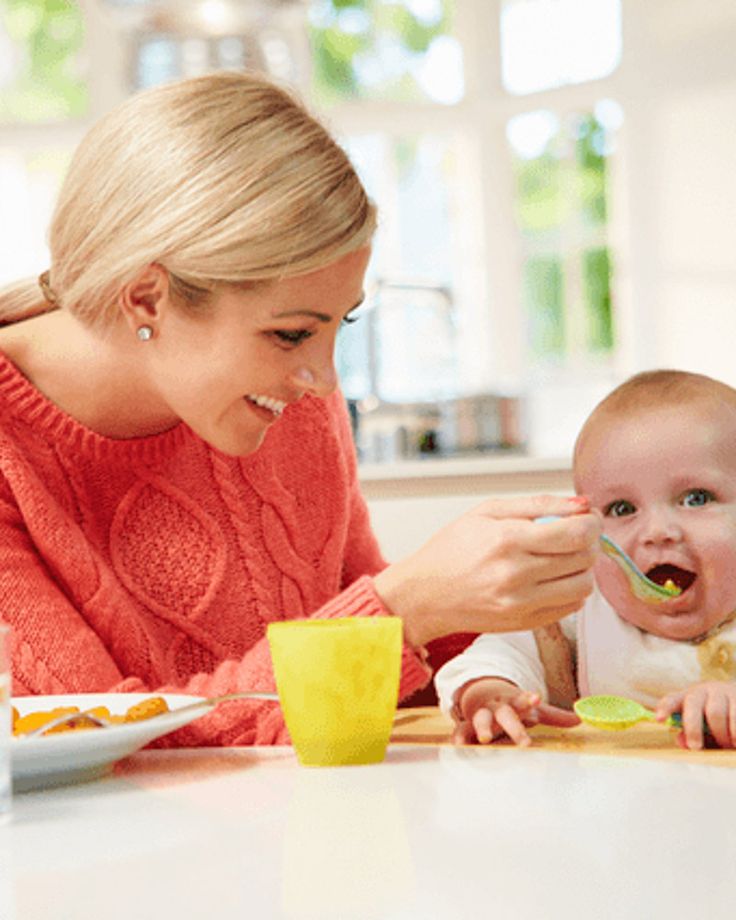
It is interesting that allergic children, who, in fact, have allergies due to the fact that weak fermentation, show food interest later than their healthy peers. For example, a healthy baby may show food interest at 5-6 months, and babies with allergies at 8 or even 9 months.
If you do not take into account the characteristics of the child's body, and give complementary foods just because the doctor said so, then in the future this may be fraught with poor appetite. It is important to understand that children with impaired fermentation themselves feel when it is time to eat adult food and, until that time, sort of fence themselves off. Therefore it is worth waiting for the manifestation of interest in food .
Introduction of complementary foods if interest in food has already formed
There are two completely different methods of introducing complementary foods, but, as a rule, only one of them is used most often.
Classic - a method of introduction of complementary foods found in any literature on pediatrics, child care, feeding, etc.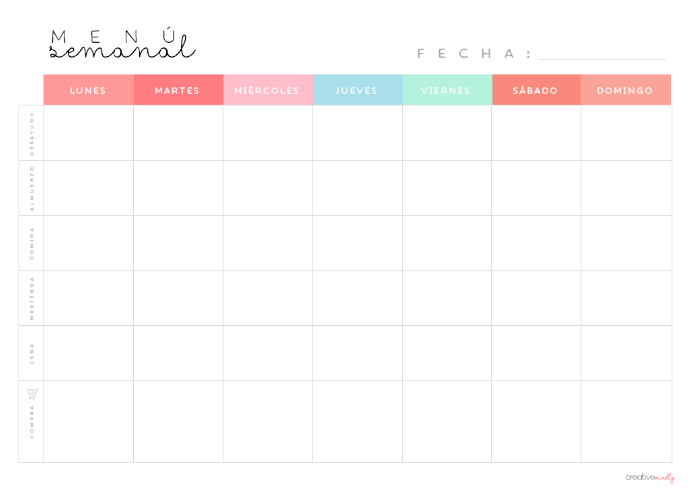 Or a pediatrician will give you a similar recommendation.
Or a pediatrician will give you a similar recommendation.
The essence of this method is introducing one product into the child's diet . But all this should go very smoothly, slowly and carefully. As a rule, porridge or vegetable puree is chosen as the first product. You need to start with 2-3 teaspoons, and on the first day you need to give the baby a meal with breast milk.
On the second day, you should observe the baby, his stool, skin, and so on. If there are no signs of allergies or obvious indigestion, then complementary foods went well.
On the third day, you can increase the number of spoons to five and increase as the baby's appetite (average 100-150 grams). When you reach this mark, you should no longer give the baby to drink with the breast. It will be enough water, fruit drink or fruit juice. Thus, you can already replace one breastfeeding.
In the following weeks, you start adding another vegetable to your child's diet (if vegetable puree was chosen instead of porridge). Those. by the end of the month, you can already cook vegetable soup for your baby, where a piece of onion, carrot, potato, zucchini, cabbage and more will float. If you chose porridge as the primary food, then first bring one porridge to a full portion, and then switch to another. Only after vegetables and cereals are included in the child's diet, it is worth gradually introducing meat, fish, later egg yolk and only then crackers, drying.
Those. by the end of the month, you can already cook vegetable soup for your baby, where a piece of onion, carrot, potato, zucchini, cabbage and more will float. If you chose porridge as the primary food, then first bring one porridge to a full portion, and then switch to another. Only after vegetables and cereals are included in the child's diet, it is worth gradually introducing meat, fish, later egg yolk and only then crackers, drying.
It is important to remember that at about 6 months (plus or minus a month), a child's first tooth begins to come out, and dentists recommend loading it so that the teeth grow strong in the future. Many children have dental problems precisely because their parents fed them pureed food for too long and did not allow them to chew.
The last thing that should be introduced into a child's diet is cow's milk, cottage cheese and milk in general. Such products are not suitable for one-year-old children, besides, the essence of complementary foods is to introduce the baby to new products, and there is milk in his diet anyway. Therefore, complementary foods with milk should be started already at the age of one, just at the time when you begin to wean the baby from the breast.
Therefore, complementary foods with milk should be started already at the age of one, just at the time when you begin to wean the baby from the breast.
Weaning
Specialized books on breastfeeding say that breastfeeding should be up to 2 years, and sometimes longer. The Ministry of Health of Russia also insists that the child should be fed mother's milk for at least two years. This is due to the fact that many families that have low income decide to have a child, but sometimes they are not able to feed him with full, high-quality food. It is mother's milk that gives a 100% guarantee that the child will grow strong and healthy. But if you are able to give your child everything they need, then this bar can be lowered.
In the first six months, you should breastfeed your baby on demand, without thinking about whether he really wants to eat. Starting from six months, you should treat breastfeeding as the same product that you begin to introduce into your baby's diet.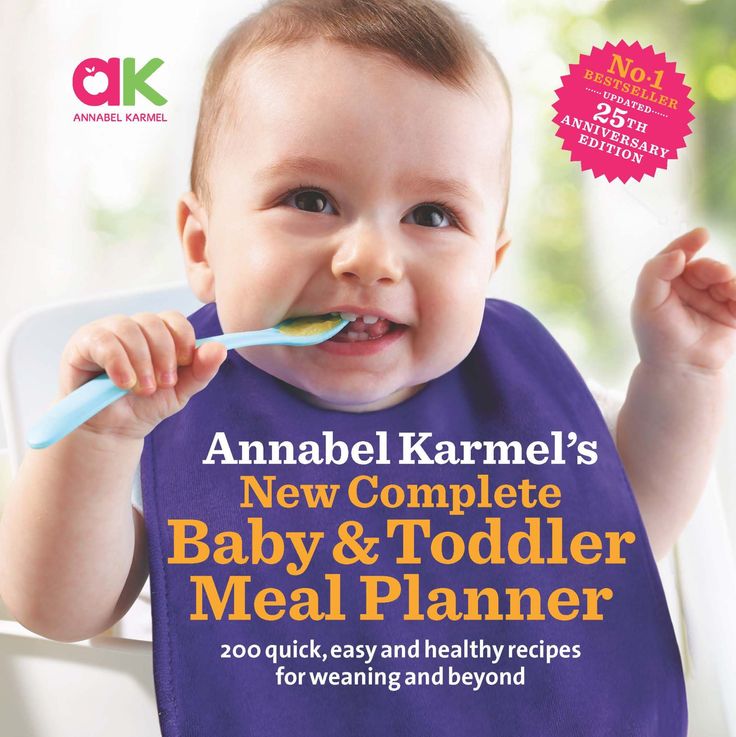 After all, now the baby does not need to calm down at the expense of the breast, because he can find solace in other things.
After all, now the baby does not need to calm down at the expense of the breast, because he can find solace in other things.
Try to take your chest away from the sleep ritual. Of course, the baby sleeps well if you breastfeed him, but closer to the year it is necessary to remove night feedings. Let your husband or mother help you with this. Ask them to lull the child without you, so that he gets used to sleeping in your absence. These measures are essential for the subsequent weaning of the child from the breast.
As for how long to breastfeed, it is difficult to answer unambiguously. Of course, the first year is not discussed. But if you have been breastfeeding your baby for more than two years, then the problem is more likely with you.
Moreover, it is not worth breastfeeding boys for longer than 1.5 years, because by the age of three they have a special period - falling in love with their parents. Everyone goes through this, it’s just that sometimes moms and dads don’t notice it, and sometimes the child simply cannot express these feelings because of family relationships.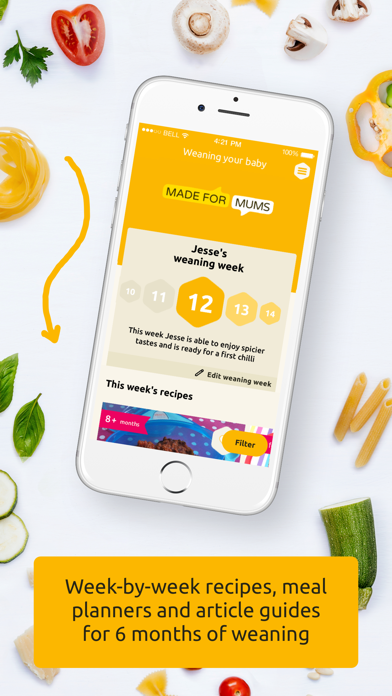 This period lasts quite a long time - up to 5-6 years.
This period lasts quite a long time - up to 5-6 years.
The task of parents is to disappoint the child in this love, showing him their love directed at each other. It is much easier for girls to destroy their fantasies, because they never really owned their father's body. But the boys are much more difficult, because he owned the mother's body, sucking breasts. And if you breastfeed him for up to three years, and at that time he began such a period, then prove to him that this is not his woman. It will be difficult to do this, and in some situations, you may have to injure the child's psyche.
But what is the right way to wean a baby? We will talk about this further.
How to wean properly?
The very first thing you need to do is to set a clear goal. If you want to wean a child from the breast, then you need to do this once and for all. There is nothing worse than if you took the breast, but after a while you succumbed to tears and provocation and again went back to your old ways.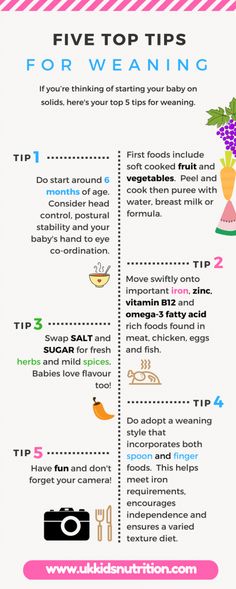
To avoid such breakdowns, enlist the support of someone from your family (husband, grandmother, grandfather). You need them to help you distract the child, for example, go for a walk or play with him. During weaning, you can not leave for a long time or leave the baby for a week with his grandmother, believing that he will wean so quickly. In fact, it is a big psychological trauma.
Why is it so important to be with the child at this moment? In fact, everything is simple. Breastfeeding is not just a way of feeding a baby, but also a kind of communication, a manifestation of tenderness, intimacy . And when you decide to take it away from a child, you need to give him something in return so that he does not lose his footing. Therefore, you should carry him in your arms, talk to him, hug him, give him something sweet to drink these days.
Many proponents of long-term breastfeeding disagree with the need to wean babies. They believe that the child should come to this on his own.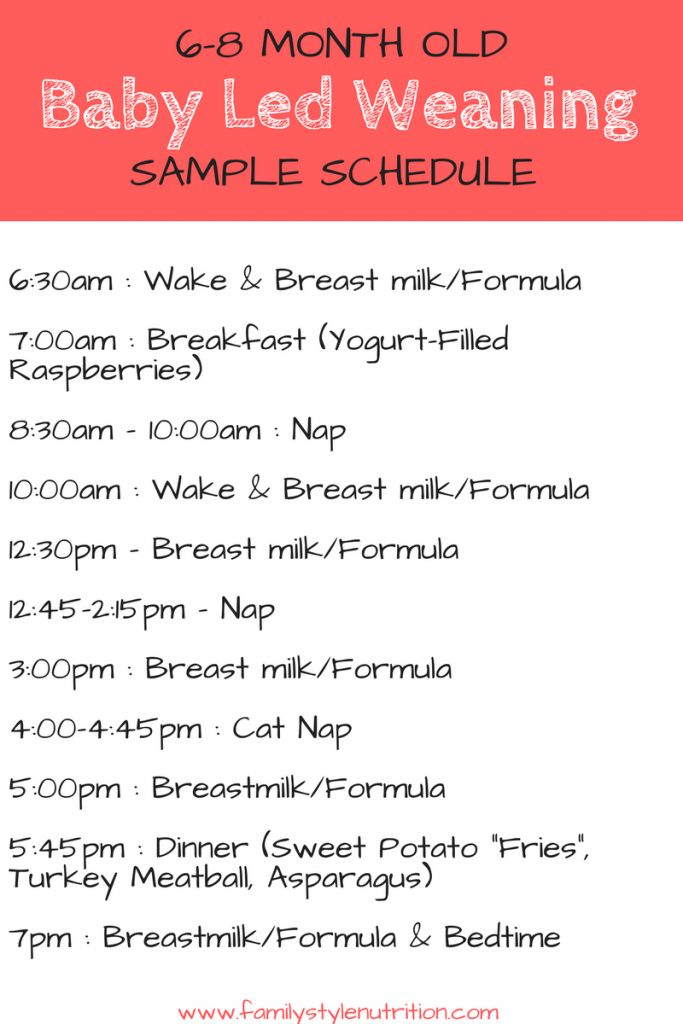 But here everything is debatable. Our life consists of losses, and the task of a parent is to teach a child to lose, accept it and not die from it.
But here everything is debatable. Our life consists of losses, and the task of a parent is to teach a child to lose, accept it and not die from it.
Loss of the breast is one of the losses. But if at the same time the mother is nearby, carrying the child in her arms, loving him, then she will help him overcome all this.
Once you have decided to wean your baby, you should pay special attention to the choice of products.
Choice of products
If you do not want to use the classic method of complementary feeding, introducing one product at a time into the child's diet, then you can use another method - pedagogical , which at the same time will allow you not to bother with the choice of products.
You can give your child everything that is in your bowl, be it meat or fish, but very little. Literally, the size of a match head or a tiny pinch. This way you will not disturb the child's digestion, but at the same time he will try something new. Gradually, you increase the size of these pinches, and by the year you can put a plate on your baby.
Gradually, you increase the size of these pinches, and by the year you can put a plate on your baby.
Many mothers prefer home-made vegetable purees, believing that they are much healthier than those sold in jars. Yes, this works in the summer, when you can grow your own vegetables or if they are stored in your cellar. But when you buy vegetables in a supermarket, you don't know how they were grown and how long they are already on the shelf.
Therefore, when vegetables are not yet in season, good baby food can be preferred.
The same applies to fermented milk products. The first complementary foods should still be done with the help of good and high-quality nutrition.
But before introducing complementary foods and weaning a baby, you should learn a little about the psychology of breastfeeding.
Psychology of breastfeeding
As you already know, in the first six months it is necessary to feed the baby on demand. But what does it give? In fact, this instills in the child the belief that there will always be help from the mother or from other people in general. Thus, the child learns to trust not only one person, but the world in general.
Thus, the child learns to trust not only one person, but the world in general.
When you start weaning your baby (after the on-demand feeding period), this also plays a role. The child begins to understand what waiting is, and how good it can be after you get what you want. He will understand that the taste of milk after waiting half an hour is much better.
Also, those children who have had a feeding period on demand can boast of the formation of their own biorhythms and regimens. This will be noticeable after the first 2-3 months. If the child did not have a “on demand” period, then in the future this affects his formation. Usually such people cannot work without a fixed schedule, it is difficult for them to rest, because they feel good only if their schedule is clearly regulated.
It is quite another thing when a child has adjusted his own biorhythms. In the future, he will feel better and his needs. He will also learn to depend on other people in a good way and feel gratitude, appreciating the help of another person.








